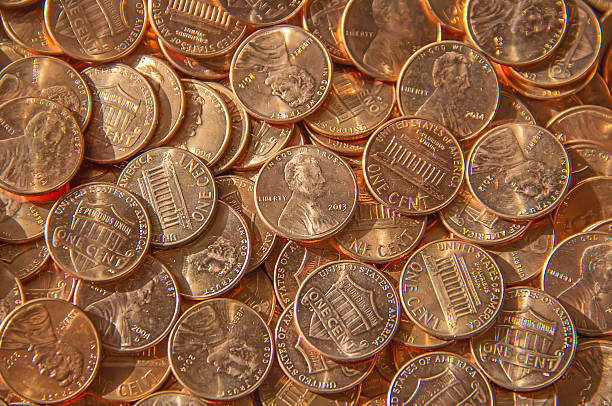Why the Penny Should Be Abolished: A Case for Change
For years, the debate over whether to keep the penny in circulation has simmered in the background of American economic policy. Once a symbol of frugality and financial prudence, the penny is now seen by many as an outdated and inefficient part of the currency system. The arguments for abolishing the penny are compelling, both from an economic and practical standpoint. Here’s why it’s time for the U.S. to retire this small coin for good.
1. The Cost of Production Exceeds Its Value
One of the most glaring reasons to eliminate the penny is its cost of production. It currently costs the U.S. Mint more to produce a single penny than the coin is worth—roughly 2.1 cents for every 1-cent coin. This inefficient system costs taxpayers millions of dollars annually. By eliminating the penny, the government would immediately cut these losses, reallocating resources to more efficient uses.
2. Pennies Are Increasingly Irrelevant in Transactions
With the rise of digital payments and the general decline of cash transactions, pennies have become less relevant in day-to-day life. Even when cash is used, the penny is often discarded or left behind in tip jars or charity bins because it holds so little purchasing power. This has led many to question why we continue to keep the penny in circulation when its practical use is nearly nonexistent.
3. Rounding Would Simplify Transactions
A common concern about eliminating the penny is that prices would need to be rounded, potentially leading to higher costs for consumers. However, evidence from other countries like Canada, which eliminated its penny in 2012, shows that this fear is largely unfounded. Retailers simply round prices to the nearest nickel for cash transactions, while electronic payments continue to be processed to the exact cent. The overall impact on consumers is negligible, and in some cases, rounding actually saves time during cash transactions.
4. Environmental Impact
Pennies are primarily made from zinc, and the process of mining, transporting, and manufacturing these coins has environmental consequences. Eliminating the penny would reduce the demand for zinc, decrease energy consumption, and lower the carbon footprint associated with coin production. In an era where sustainability is a growing concern, removing such an unnecessary element from our economy would be a small but symbolic step in the right direction.
5. Time and Efficiency
Handling pennies is inefficient for both businesses and consumers. Cashiers spend extra time counting out pennies, and businesses must manage and store them, which slows down transactions and increases operating costs. By eliminating the penny, businesses could save millions in operational time, allowing transactions to move more smoothly. Even individuals would save time at cash registers and in everyday situations.
6. Historical Precedent
The United States has retired other coins before, such as the half-cent in 1857. At that time, the half-cent had more purchasing power than a penny does today. The decision to stop minting smaller denominations was a practical one based on their declining utility. The same logic applies to the penny today. While it may have sentimental value for some, its actual function has diminished to the point of obsolescence.
Conclusion: Time for a Change
The penny has served its purpose in American history, but it no longer holds the value or relevance it once did. Its continued production is wasteful, costly, and impractical. Eliminating the penny would be a simple, sensible move toward modernizing the economy, improving efficiency, and reducing unnecessary costs. As we look toward the future, it’s time to leave the penny in the past.

